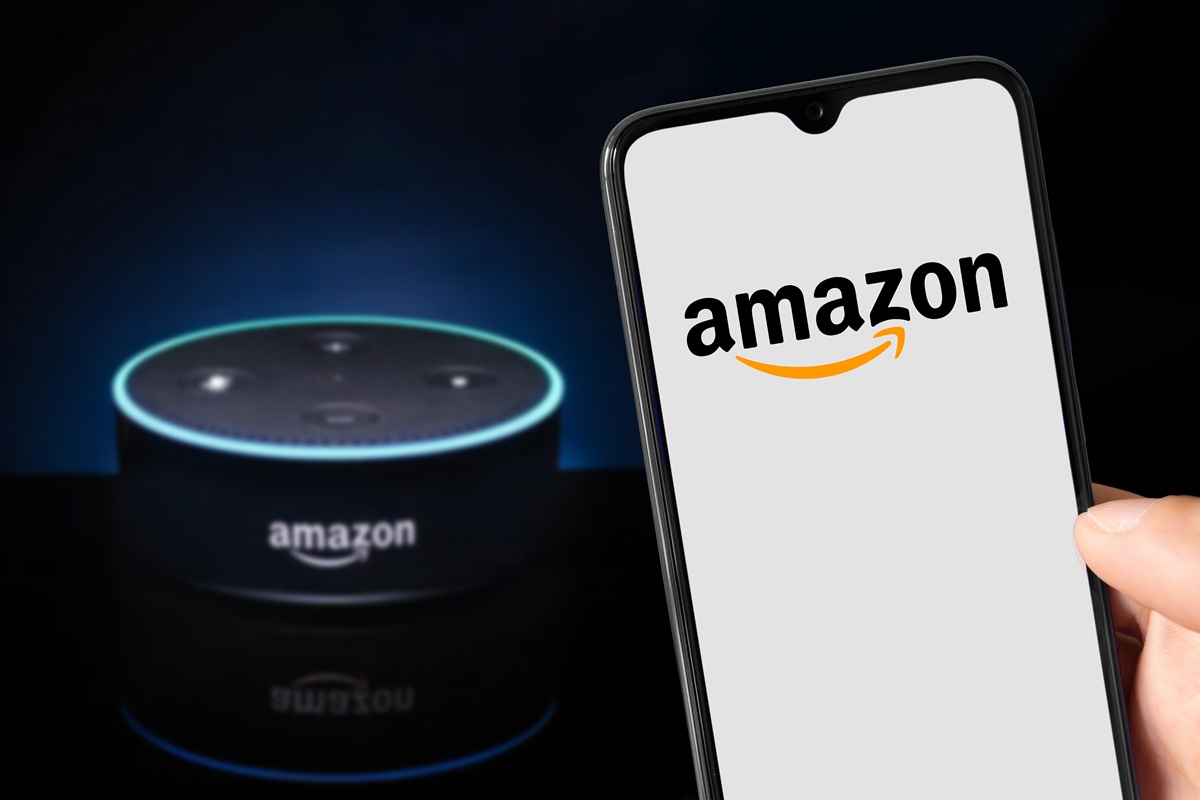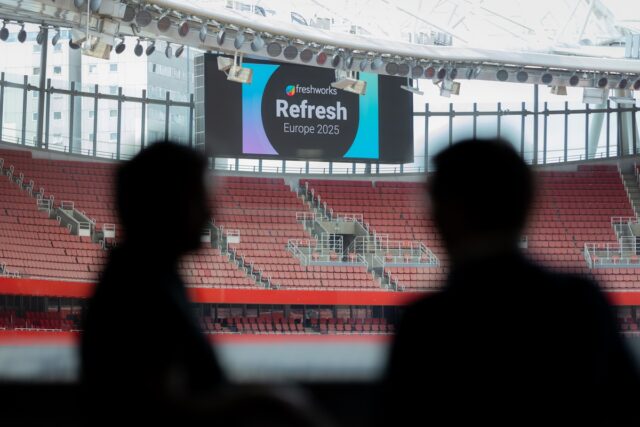July 07, 2025
Amazon Deploys Millionth Robot and New AI Model to Speed Up Deliveries

Amazon has reached a major milestone in its robotics journey: the deployment of its one millionth robot. The landmark unit was delivered to a fulfilment centre in Japan, part of a global network now spanning over 300 facilities. But the real breakthrough isn’t just in numbers, it’s in intelligence.
To coincide with this milestone, Amazon unveiled a generative AI model called DeepFleet, designed to make its massive robot fleet faster, smarter, and more efficient. With the news system, the company aims to boost robot travel efficiency by 10%, enabling faster deliveries and reduced costs.
Described as a kind of “intelligent traffic system,” DeepFleet coordinates the movement of robots across fulfilment centres, similar to how smart traffic lights manage vehicle congestion. By optimising the paths robots take, the system reduces delays and increases the speed at which they process customer orders.
Built on vast datasets from Amazon’s global inventory operations and powered by AWS tools like Amazon SageMaker, DeepFleet continually learns and adapts. The model not only enhances robot efficiency but also enables Amazon to store inventory closer to customers, translating to quicker deliveries and operational savings.
The History of Amazon’s Robots
Amazon’s robotics division, which began in 2012 with a single shelf-moving robot, has come a long way. Today, the company operates a diverse fleet, including the Hercules, which can lift 1,250-pound shelves, the Pegasus, which uses precision conveyors for individual packages, and Proteus, the firm’s first fully autonomous mobile robot capable of safely navigating around human workers.
Far from replacing people, Amazon insists its robotics systems aim to support them. By handling repetitive and physically demanding tasks, robots are freeing up employees to focus on more technical and safety-critical roles. In fact, at Amazon’s advanced fulfilment centre in Shreveport, Louisiana, the use of robotics has increased the demand for reliability and engineering roles by 30%.
Since 2019, Amazon says it has upskilled more than 700,000 employees through various training initiatives, many focused on working with advanced technologies. Programs like Career Choice, which fund education for front-line workers, are helping employees transition into high-demand technical fields.
What sets Amazon apart, the company says, is its integrated approach, manufacturing its own robots in the U.S., using real-time operational feedback to refine designs, and always focusing on tangible results rather than flashy tech for tech’s sake.



